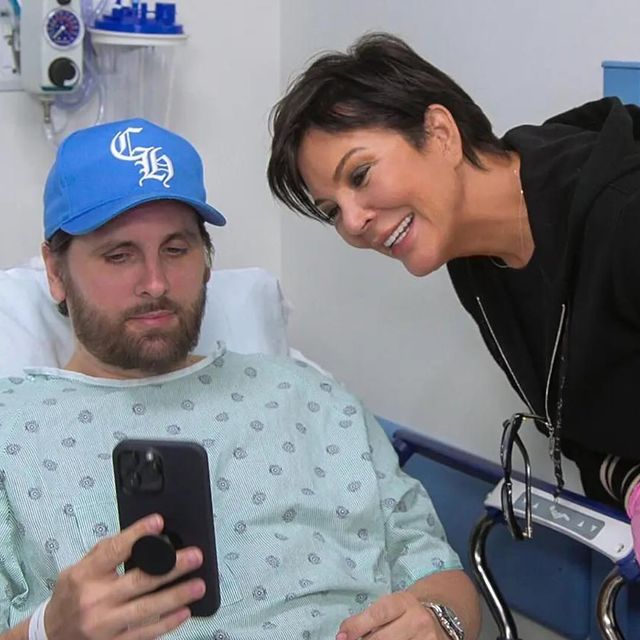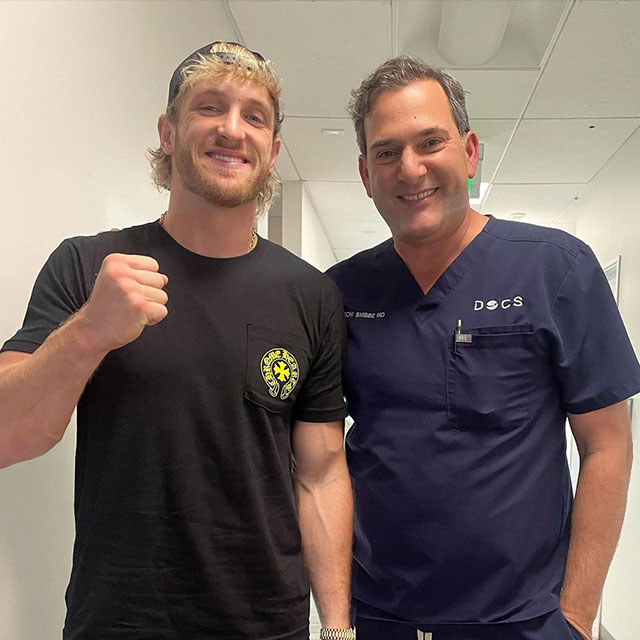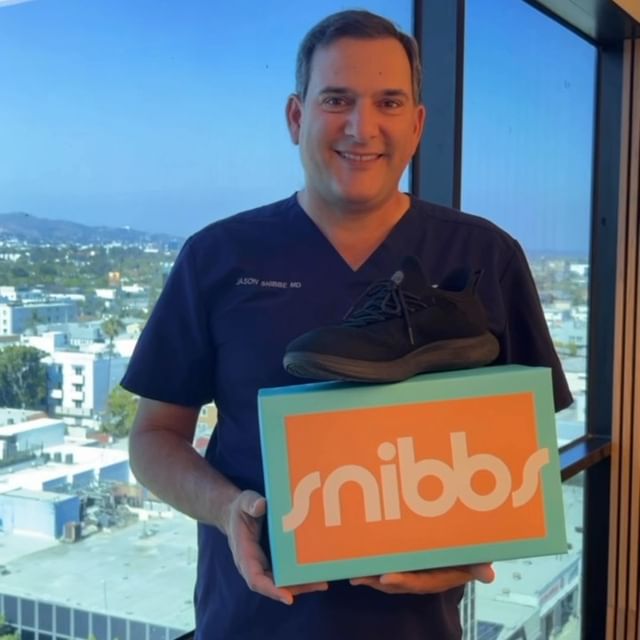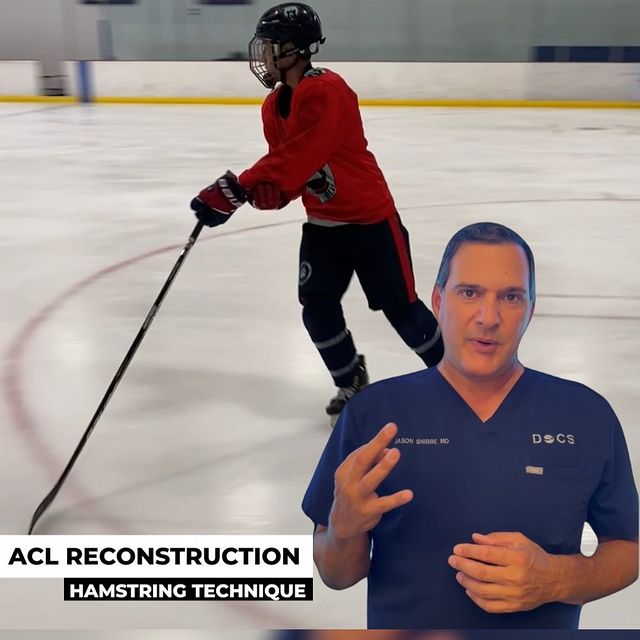5 minute read
Many people know that knee replacement surgery can provide life-changing results; however, not as many are aware that physical therapy is essential to fully recover from this procedure. This blog discusses the recovery process for robotic knee replacement and how important physical therapy is for regaining mobility.
Preparing for Robotic Knee Replacement
We tend to underestimate the powers of our joints. Many especially overlook the knee joints and how they affect how we walk and perform nearly every physical activity. When issues with the knee joints arise, especially with severe joint degeneration, it can be incredibly painful to walk and function throughout daily life.
Robotic knee replacement can significantly relieve pain, restore joint function, and allow you to reclaim an active lifestyle that you wouldn’t have been able to otherwise. It can be life-changing to undergo knee replacement surgery and dramatically improve your quality of life.
If you’re preparing to get robotic knee replacement surgery, it’s important to familiarize yourself with the procedure and recovery process so you are adequately prepared. Physical therapy is an essential part of the recovery process, and it’s important to know this ahead of time to factor it into your preparation plans.
Planning for your recovery can involve researching the process, asking your orthopedic surgeon questions, adjusting your medications, and preparing your space at home. Doing as much preparation before your procedure as possible can help ease any nerves about surgery and make your recovery smoother. After your knee replacement surgery, you’ll want to be able to focus on healing your body and slowly regaining function in your new knee.
What Is Knee Replacement Recovery Like?
Once your knee replacement procedure is complete, you will spend some time in the surgical center’s recovery room, where you’ll be closely monitored. This is done to ensure that the surgery went smoothly and no complications arise. During this time, you will also be given specific aftercare instructions, including instructions on how to care for your incision sites and restrictions for physical activities. You will also schedule follow-up appointments with your surgeon so your healing progress can be checked.
During your recovery time at the hospital your comfort will be prioritized, and you’ll be given the highest quality of care. You’ll receive pain medications as needed to help manage discomfort and pain. Our team will help you begin walking with your new knee—this will often start with short walks from a hospital bed to the bathroom, and will gradually increase in distance once you are ready.
When it is determined that you are ready to go home, you will be given instructions on how to use any necessary walking assistance devices. We will also connect you with highly experienced physical therapists and provide a plan for your physical therapy journey during recovery.
What Is the Recovery Time for Robotic Knee Replacement?
Similar to most surgical procedures, you will need to allow your body to rest and heal before completely turning back to normal. You will need to avoid strenuous physical activities for however long your surgeon instructs. There is typically a four to six-week initial recovery period for knee replacement patients, followed by an additional period of time where physical therapy is needed. However, the exact timeline will vary from patient to patient.
Why Is Physical Therapy Important After Robotic Knee Replacement?
Physical therapy is a form of treatment that involves easing pain and increasing mobility. After your robotic knee replacement, your body will need to get used to the artificial knee implant and perform various physical functions with it. During your physical therapy, you will practice various exercises to help your body adapt to your new knee and make the transition easier. It will also help you strengthen your muscles and feel more comfortable and in control of everyday movements.
How Long Is Physical Therapy After Total Knee Replacement?
The required length of your physical therapy treatment will depend on your age, overall health, and your body’s healing process. Many patients need physical therapy for around 8 to 12 weeks after their total knee replacement surgery. Dr. Snibbe will let you know how much physical therapy is needed for you based on your unique needs and concerns.
Want to Know More About Knee Replacement Surgery in Los Angeles, CA?
Is it time for you to restore control over your body and movements with knee replacement surgery? To learn more about robotic knee replacement, contact Dr. Snibbe’s office for more in-depth information. For those ready to begin the knee replacement process, schedule a consultation with Dr. Snibbe to get started with your treatment plan.
When you come into the office for a consultation, you’ll meet with Dr. Snibbe to discuss your concerns and goals. Dr. Snibbe will examine your knee and ask questions about your medical history to determine if you are a candidate for robotic knee replacement.
As a board-certified orthopedic surgeon, Dr. Snibbe is recognized worldwide for his expertise in advanced robotic surgeries. He is specifically trained in robotic joint reconstruction and has helped many patients regain the mobility of their knee joints.
To schedule your robotic knee replacement consultation in Los Angeles, CA, call us at (310) 746-5918 or fill out our online contact form today.






